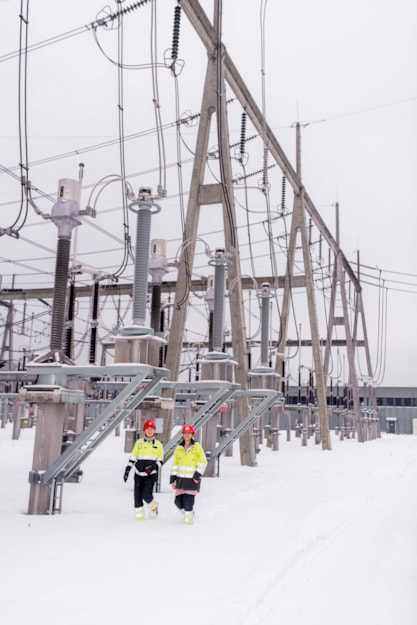The challenge
The communication between the primary system and the control system at a transformer station in today’s power grid is currently analogue. Hundreds of copper wires transmit large amounts of data to the control system, where the signals are digitalised. These stations impose major constraints on construction and use, and stand in the way of the smart and digital power system of the future.
The goal
In ECoDiS, the goal is to develop, test and pilot several digital stations, both in the transmission grid and in the distribution grid, in order to develop expertise and to use a standardised bus that, among other things, allows components from several different suppliers to be implemented.
The project
In today's substations, information and measurements to and from the primary components are digitized in the control room. In a Digital Station, information from protection and control equipment from various suppliers will communicate with the primary components via new fiber optic cables that replace a large number of copper wires. All information is exchanged as a stream of data packets. This means that digitization is moving closer to the primary components. As a part of this project, Statnett has developed a Digital Station pilot at Furuset substation in Oslo.
Digital control systems can be purchased from several suppliers, but there are both technical, organizational, and knowledge-related challenges associated with extracting the value of such an investment. The project has examined the limitations and possibilities of Digital stations. The Ecodis project has prepared a report with recommendations for the implementation of digital stations in the Norwegian power grid.
Project period 2019-2024
Project team members
The Research Council of Norway (RCN)
SINTEF (Project Manager)
Statnett
Tensio Nett
Elvia
BKK
Skagerak Nett
Glitre Nett
Eidsiva Nett
NVE

